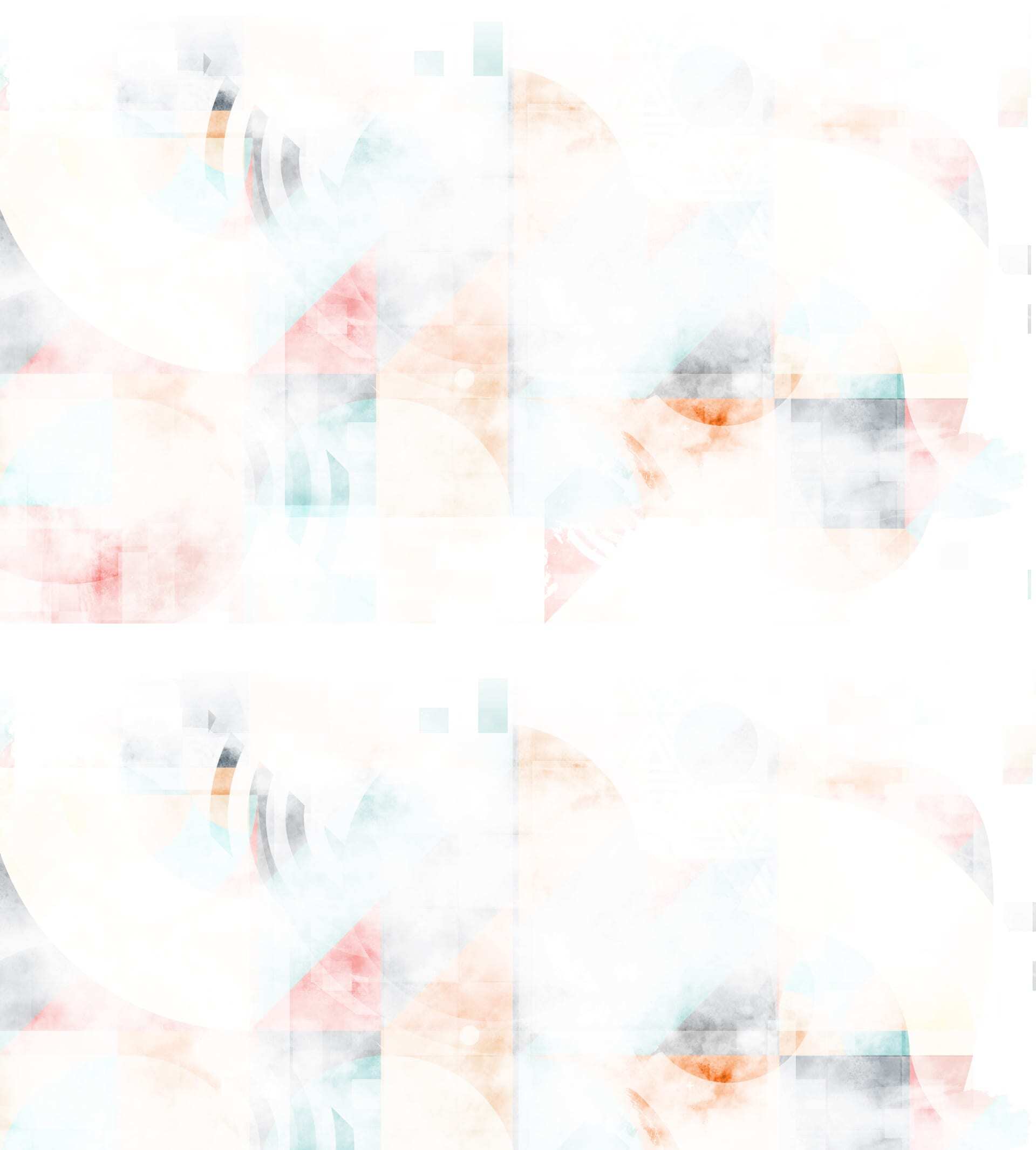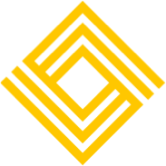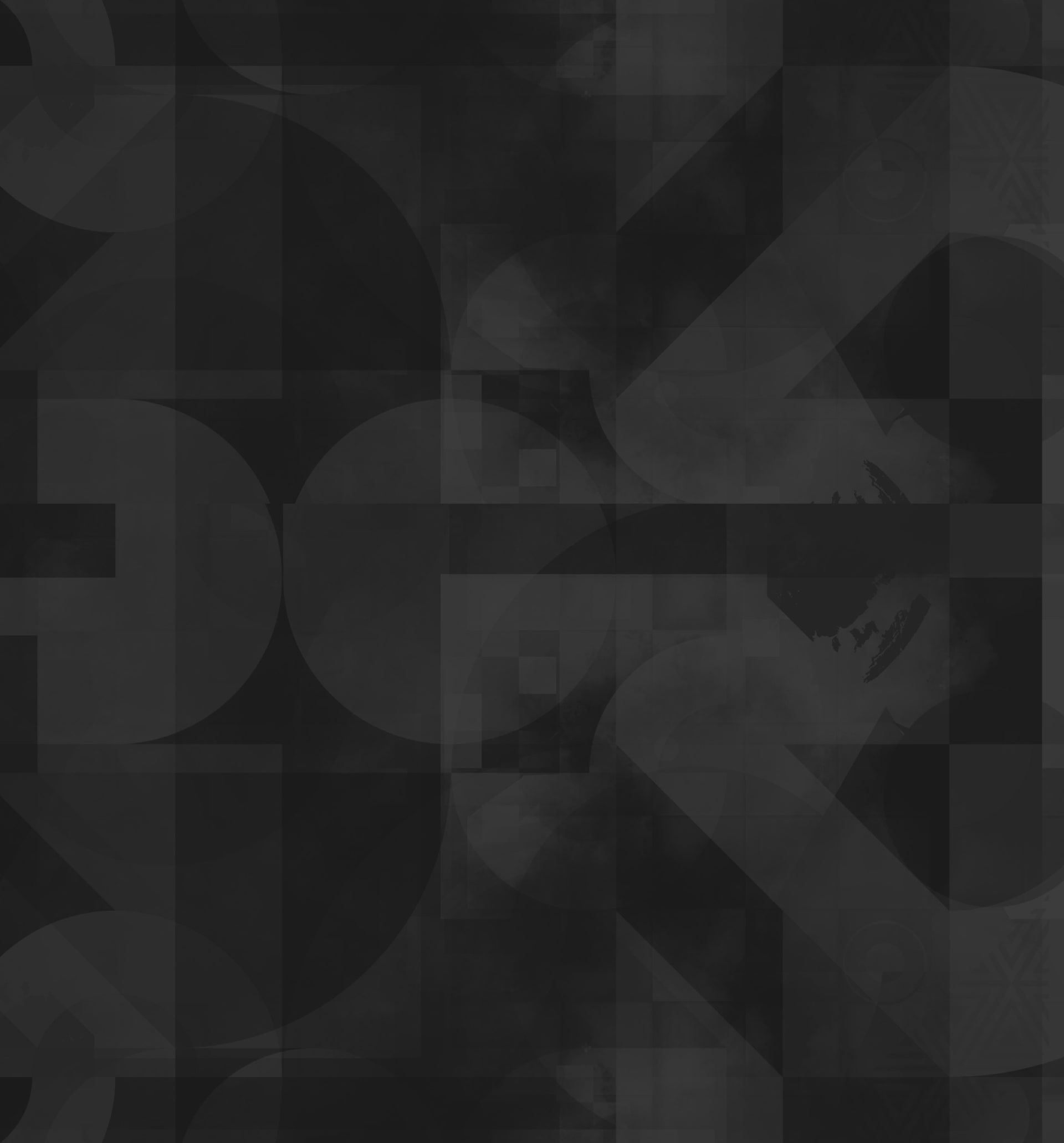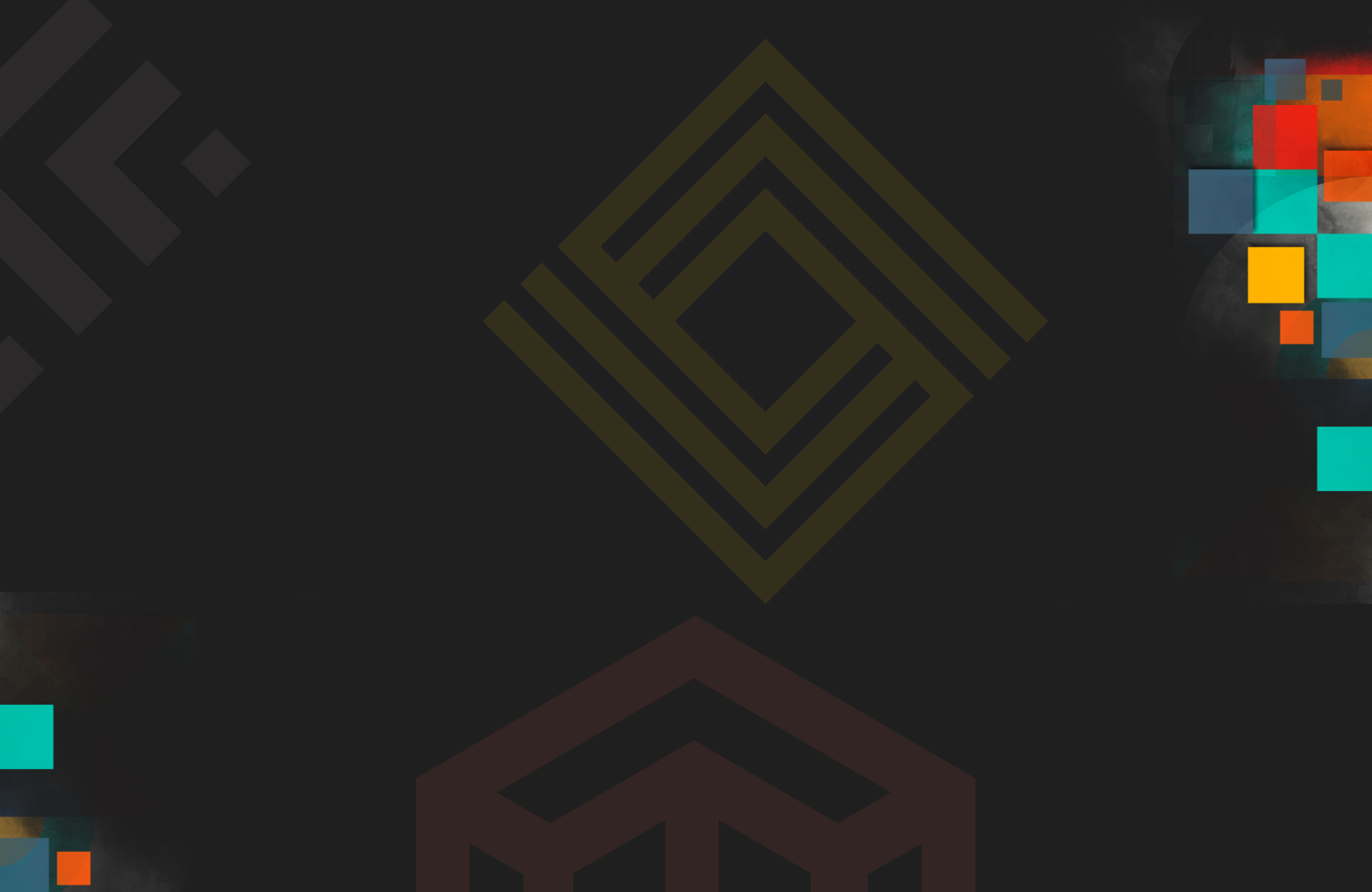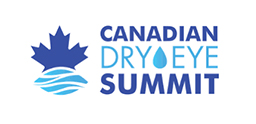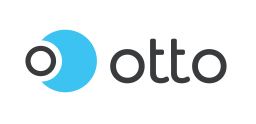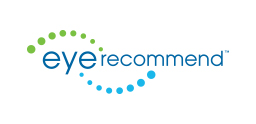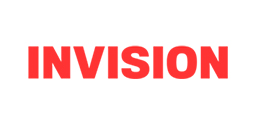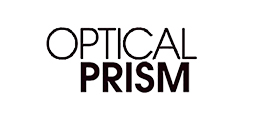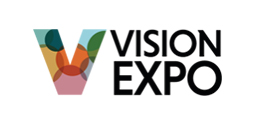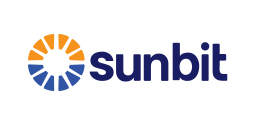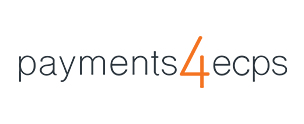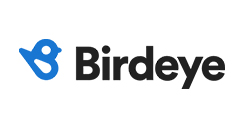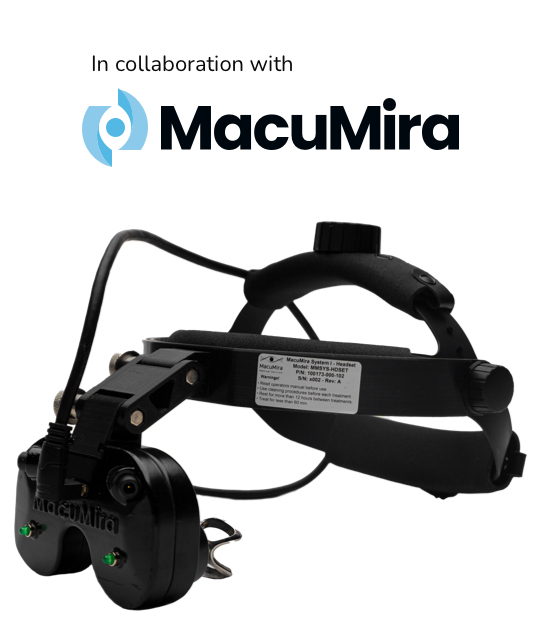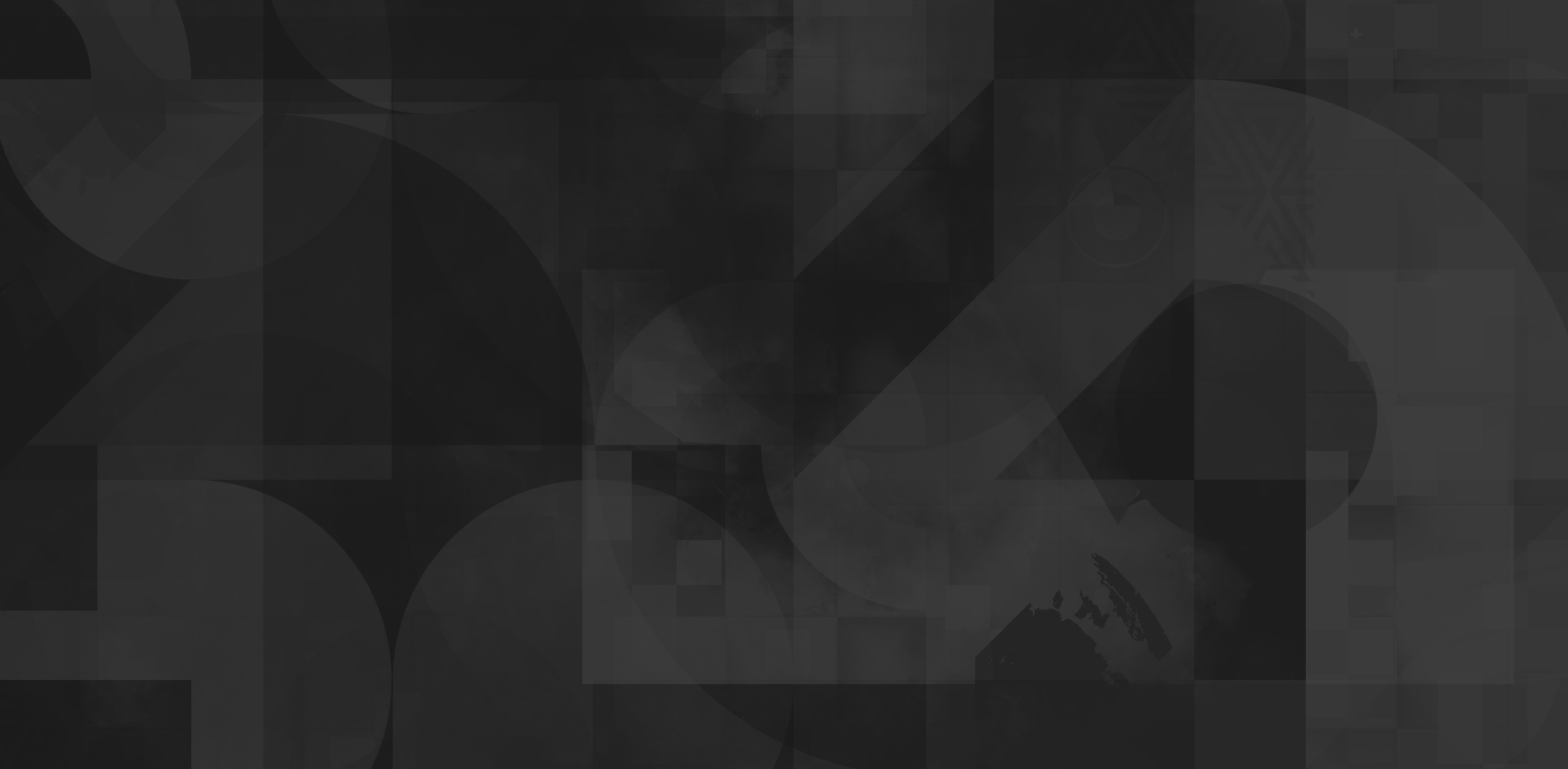A lot of prospective designers ask me: “where do you find your creativity?” or “how do you produce the best creative product for your clients?” and I tend to answer them: “Find your process”. But what exactly is the creative process? Is it this mysterious, magical quality that some designers have and others don’t? Of course not!
The creative process is different for everyone! To take full advantage of it, you have to know how it works for you. I used to worry about how to “unlock” creativity all the time. I wondered how the process worked and what other designers did to achieve the best possible results for their clients; producing something creative and unique. I’m here to offer you some advice on how the creative process works.
What is the Creative Process?
Your creative process should boil down to two elements:
- Understanding what your client wants or needs.
- Compiling the information you have in a creative way that delivers the best possible product for your client.
Obviously, these are pretty broad strokes, and of course, there’s a bit more to it than that. But generally speaking, the creative process comes from these two concepts.
Naturally, as graphic designers, we need to know what we’re designing in order to get creative. We can’t just create something without knowing what we’re doing first! That’s where direction from the client comes into play. Once we’ve received that particular direction, we can go ahead and start stoking our creativity with a process that helps us fulfill the needs the client has outlined.
Understanding What The Client Requires
So you’ve landed yourself a client. Let’s say they want you to design a logo. Right away, you need to the know the following things about your client:
- What is their company name: This is essential because, well, if you don’t know what their company is, how are you going to know what to put as the copy for the logo!
- What sort of business they are in: Another fundamental aspect is understanding the sort of industry they operate in. After all, a logo for a skin care product will be different for a company that’s based works in engineering.
Those are the two main aspects of understanding what the client requires for their logo in this example for the creative process. There are plenty of other questions that come to mind when understanding what the client’s needs are, but those are secondary compared to the two main points listed above.
Once you’ve established what the client’s company name is and what sort of business they are in, it’s time to slowly transition into the creative side of things! It’s time to start asking those secondary questions. Some of the questions that could help you in your creative process are:
- What sort of demographics is your client looking to target: Knowing your client’s demographics is important; different groups of people look for and respond to different kinds of imagery. For example, a younger person might gravitate towards a more modern logo, while baby boomers may prefer a more traditional logo. Speaking of modern and traditional logos…
- Are they looking for a modern logo, a traditional logo, or a mixture of both: The style of logo is important as this ties into the demographics aspect we just talked about.
- What sort of colours, do they want to include on the logo, if any: Now this is the fun part! If the client wants a logo, do they want any colours in there? If so, it’s essential to know what colours. Most of the time, clients are unsure, so you may need to ask some creative questions to better understand what colours will represent them best, and how they’ll look once the logo is printed on signage and other collateral they may need.
- Something simple or complex: The complexity in which the logo is required to be made. Whether simple, such as only the use of a particular font and without many graphical elements, or complex, where the design requires a far more graphical touch placed into it to create a flow that goes with the logo.
- Any possible mascots or imagery use: Sometimes, clients may request the use of some sort of mascot or other imagery (mostly vector based). It is important to know what sort of mascot or imagery is required to place in the logo if any.
Obviously, we’re talking about a logo just as an example. Your client may need a brochure, a website, or any number of other designs. But no matter what you’re designing, the concept applies. You need to understand what the client needs, and ask some questions about their style and preferences.
Now that we have the information we need from the client, it’s time to put your new knowledge into practice and create whatever deliverable the client is asking for.
Putting the Information Into a Creative Format
So the hard part is over and not comes the fun part: taking the information provided by the client and turning them into whatever product the client requested. The bits and pieces of information that you received from your client for the creation of a logo (again, just as an example) are building blocks for you to creatively compile in a way that meets, and hopefully exceeds your client’s needs.
The information that the client has given you is like a roadmap that helps you guide your creativity in putting together their required product. But where does that creativity come from? Well, Inspiration is the key. You’ve got the information about your client and their needs; now it’s time to draw on what you know about yourself and what inspires or motivates you as a designer.
The way you choose to sift through and process the information from your client will probably be unique to you, but one thing that’s true for ALL designers is that inspiration is essential. It’s always wise to visit sites for businesses that have a similar brand and see what others have done in projects of a similar style.
Some of the sites that I personally use for inspiration are:
www.templatemonster.com – website design inspiration
www.envato.com – printed material inspiration (as well as others)
Understanding the information you have been provided is important, and you should always try to think outside the box. Unless otherwise instructed by your client, avoid taking the instruction your client gave you too literally. Start thinking in metaphors and analogies that relate to your required creative piece, which may help you develop your concept.
In the end, it’s all about inspiration and how you go about it. When you have received the information from your client, use those bits and pieces creatively; putting them together in a way that’s creative and out of the box to showcase your client. Naturally, changes and revisions are part of the game so don’t be discouraged if your first attempt isn’t quite right. And don’t forget, your process is a living, breathing thing. It may take you some time to settle into a rhythm.
Enjoy the creative process!



